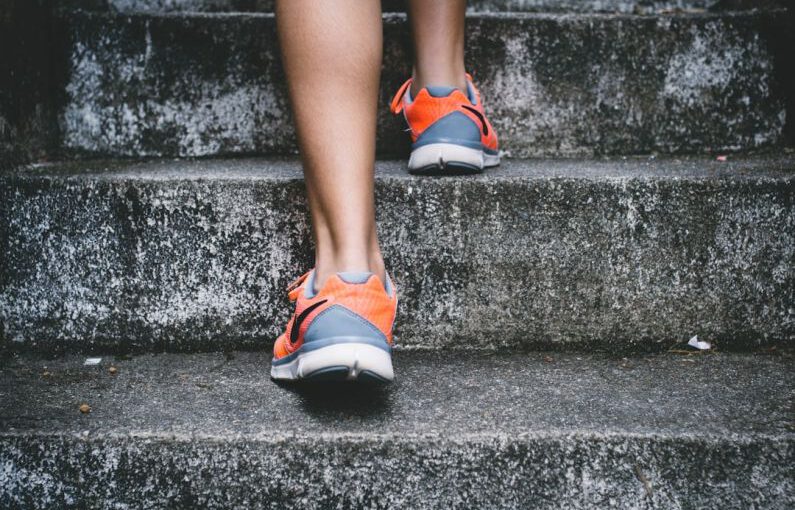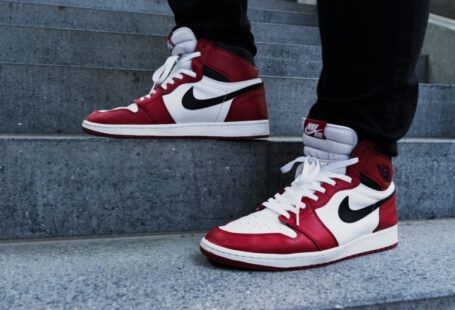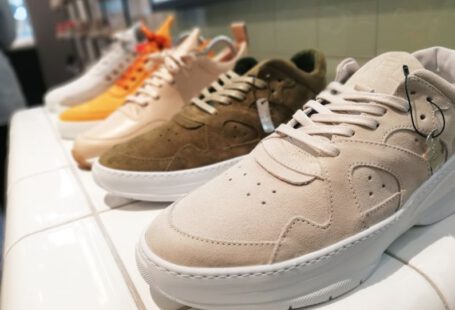When it comes to running, having the right pair of shoes is crucial for performance and injury prevention. Over time, running shoes wear down and lose their effectiveness, leading many runners to wonder, “How often should I replace my running shoes?” While there is no one-size-fits-all answer to this question, several factors can help you determine when it’s time to retire your current pair and invest in a new one.
Understanding the Lifespan of Running Shoes
The lifespan of a pair of running shoes depends on various factors, including the frequency of use, running surface, running style, and shoe quality. On average, running shoes can last between 300 to 500 miles. However, this estimate can vary significantly based on individual factors. For instance, heavier runners may need to replace their shoes more frequently than lighter runners due to increased wear and tear. Additionally, running shoes used on rough terrain or in extreme weather conditions may deteriorate faster than those used on smoother surfaces.
Signs It’s Time to Replace Your Running Shoes
While the mileage guideline is a helpful starting point, it’s essential to pay attention to the condition of your shoes to determine when it’s time for a replacement. Here are some signs that indicate you may need new running shoes:
1. Decreased Cushioning and Support
As you continue to use your running shoes, the midsole cushioning and support materials start to break down. If you notice that your shoes feel less cushioned or supportive than when you first bought them, it’s a clear sign that they have worn out and are no longer providing adequate protection for your feet.
2. Visible Wear and Tear
Inspect the outsole, midsole, and upper of your running shoes for visible signs of wear and tear. This includes worn-down treads, creases in the midsole, and fraying or tearing of the upper material. Cracks or bulges in the midsole are also indicators that your shoes are past their prime.
3. Persistent Aches and Pains
If you experience unusual aches and pains in your feet, ankles, knees, or hips during or after running, it could be a result of worn-out shoes. Over time, the cushioning and support of old running shoes diminish, leading to increased stress on your joints and muscles.
Factors Influencing Shoe Replacement Frequency
Several factors can influence how often you should replace your running shoes:
– Body weight: Heavier runners may need to replace their shoes more frequently.
– Running frequency: The more often you run, the quicker your shoes will wear out.
– Running surface: Rough terrain and harsh conditions can accelerate shoe deterioration.
– Running style: Pronation, supination, or other gait issues can impact shoe wear.
– Shoe quality: Higher-quality shoes may last longer than budget options.
Making the Decision to Replace Your Running Shoes
Ultimately, the decision to replace your running shoes should be based on a combination of mileage, visible wear, and how your body feels during and after running. Pay attention to any discomfort or changes in performance, as these can indicate that your shoes are no longer providing the support and protection you need.
Tips for Extending the Lifespan of Your Running Shoes
While it’s essential to replace your running shoes when necessary, there are steps you can take to extend their lifespan:
– Rotate between multiple pairs of shoes to reduce wear on any single pair.
– Avoid wearing your running shoes for activities other than running.
– Store your shoes in a cool, dry place away from direct sunlight.
– Clean your shoes regularly to remove dirt and debris that can cause premature wear.
Conclusion: When to Say Goodbye to Your Old Running Shoes
Knowing when to replace your running shoes is key to maintaining your comfort, performance, and overall foot health. By paying attention to signs of wear and following general guidelines on shoe lifespan, you can ensure that you’re always running in footwear that supports and protects your feet. Remember, investing in a new pair of running shoes is an investment in your running experience and long-term well-being.





